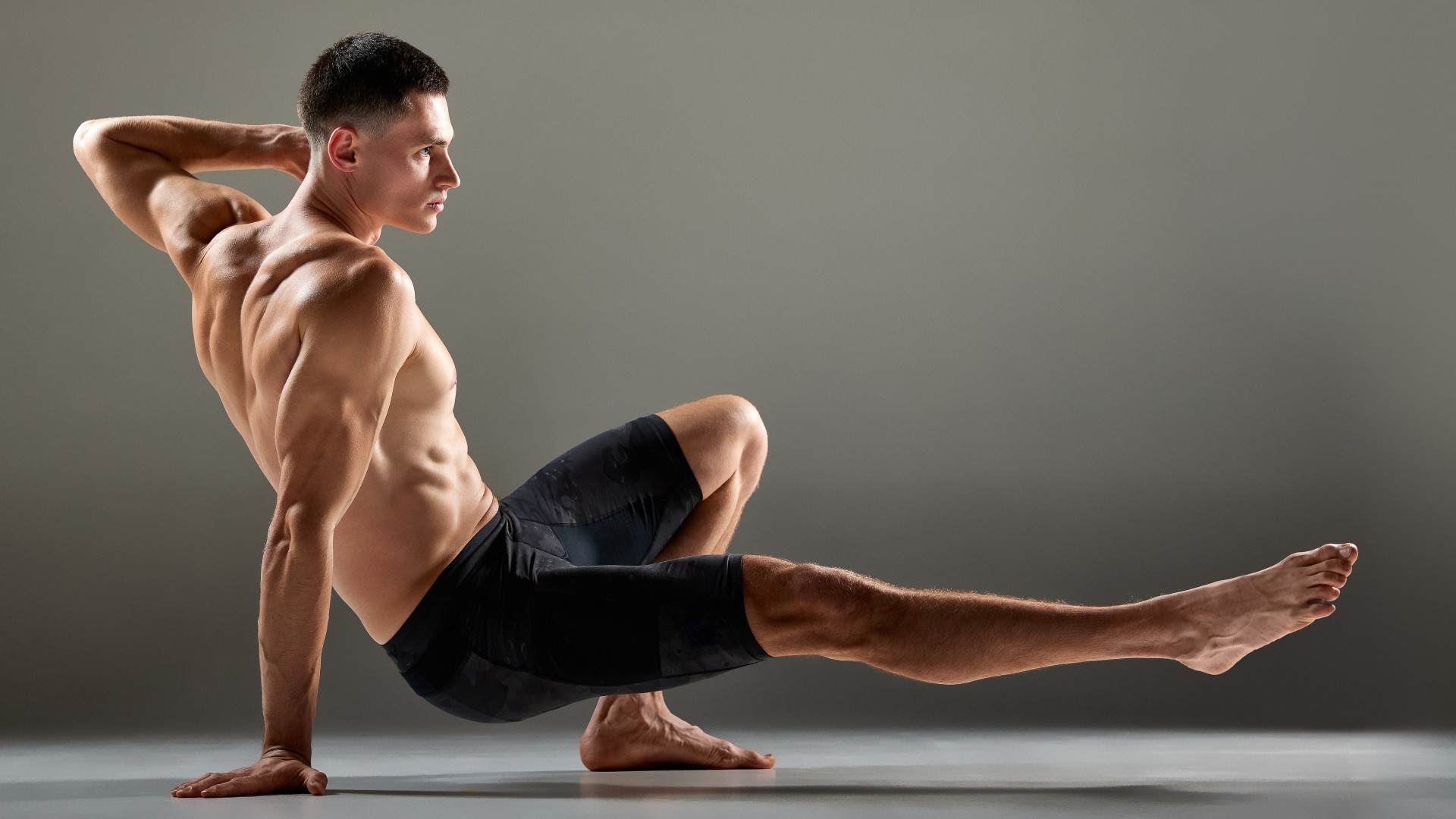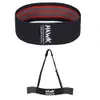
Not long ago, I tried a 30-minute animal flow workout that entirely changed my attitude toward bodyweight training. Not only did it stretch and strengthen my entire body, leaving me feeling fantastic afterward, but I also felt totally puffed out.
If you enjoy calisthenics — a form of bodyweight training that involves building strength and mobility by moving functionally and learning to control your body weight — this 20-minute animal flow routine could be your new best friend. Moving in a primal way is innate within us humans, but along the way, we’ve somehow replaced natural, rhythmic movements with lifting heavy weights in the gym.
Fancy channeling your inner animal? Roll out one of the best yoga mats for home workouts and check out this video — you only need your bodyweight.
Watch the Charlie Follows 20-minute ‘animal flow’ routine:
Charlie has clocked up nearly half a million views with this routine alone. “Welcome to your 20-minute animal moves flow,” she says. “This sequence includes a full-body yoga stretch with primal movements to give you a dynamic and diverse practice.”
Described as an “energetic and playful practice that will have you twisting, turning, jumping and stretching all in one,” this animal flow routine is designed with fun in mind while building a stronger, more mobile body.
“At times it might feel like a workout and at others, it may feel deeply relaxing and meditative. I hope you enjoy the mixture of movements,” she adds.
The routine is aimed at intermediate practitioners due to some trickier transitions, so it may be worth giving the video a watch before trying it for yourself. If you’re currently working with an injury, are pre or post-natal, or have an illness, speak with a qualified medical professional first to clear a new exercise regime. Stop immediately if you experience pain or feel unwell.
Sign up to get the BEST of Tom's Guide direct to your inbox.
Get instant access to breaking news, the hottest reviews, great deals and helpful tips.
What is animal flow?
Like all the best calisthenics workouts, animal flow uses bodyweight movements connected in sequence or flow rather than sets and reps. It’s the perfect blend of strength meets yoga. And the beauty of it is that you only need your body and an exercise mat. These are the sorts of routines I take with me when I go abroad and want to exercise without weights.
As described by Animal Flow, you’ll engage in crawling, transitions and continuous movement inspired by animal poses to create “sequences of motion.” Animal flow uses the “Six Components”:
- Wrist mobilizations
- Activations: prepare muscles for movement
- Form-specific stretches (FSS): flexibility, mobility and strength
- Traveling forms: animal locomotive movements
- Switches and transitions
- Flows: exercises linked together.
Each component features moves, stretches, or activation exercises, and once the basics are laid down, you can use the animal flow library and various transitions to build routines.
Verdict
This is the definition of functional training; it’s about improving the quality of your movements and how you connect with your body. It teaches muscular strength, balance, control and coordination, but not in a "maximal" all-out way — in a way that takes your muscles, big and small, to work together to engage in movement.
Animal flow connects the body, breath, and mind, and combines mobility, flexibility, range of motion, and proprioception to build functional strength, power, stability and endurance. It’s a masterclass in learning to engage muscles properly (the activation component) and improve the mind-muscle connection.
You’ll engage in crawling, transitions and continuous movement inspired by animal poses.
It takes far more energy than you expect, especially if you have limited flexibility and find yourself sitting for long periods during the day. And especially when controlling your movements typically means moving slower and for longer. Repeated regularly, you may even notice stronger core muscles alongside improvements in your functional full-body strength.
This routine works well on its own, but it’s also a brilliant way to mobilize joints and muscles before weightlifting and other workouts. Increasing mobility and flexibility over time also helps prevent injury and improve posture, strengthening the bones, joints and muscles through a combination of stretching and movement.
Best of all — in my opinion — is that research suggests rhythmic motions (like animal flow) can be therapeutic for the autonomic nervous system. A study published by Frontiers found cognitive function and working memory improved following meditative movement.
And Animal Flow also published a study into quadrupedal movement training (QMT), which found better functional movement, stabilization, range of motion and flexibility markers when regularly engaging in these types of routines.
More from Tom's Guide
- I biked 13 miles with the Apple Watch Ultra 2 vs. Samsung Galaxy Watch Ultra — here’s the winner
- Ditch the gym — this 30-minute functional fitness workout can boost full-body strength and muscle at home
- I did the standing dead bug ab exercise every day for a week, here are my results.

Sam Hopes is a level 3 qualified trainer, level 2 reiki practitioner and senior fitness writer at Tom's Guide. She is also currently undertaking her Yoga For Athletes training course. Sam has written for various fitness brands and websites over the years and has experience across brands at Future such as Live Science, Fit&Well, Coach, and T3.
Having worked with fitness studios like F45 and Virgin Active, Sam now primarily teaches outdoor bootcamps, bodyweight, calisthenics and kettlebells. She also coaches mobility and stretching-focused classes several times a week and believes that true strength comes from a holistic approach to training your body.
Sam has completed two mixed doubles Hyrox competitions in London and the Netherlands and finished her first doubles attempt in 1:11.











